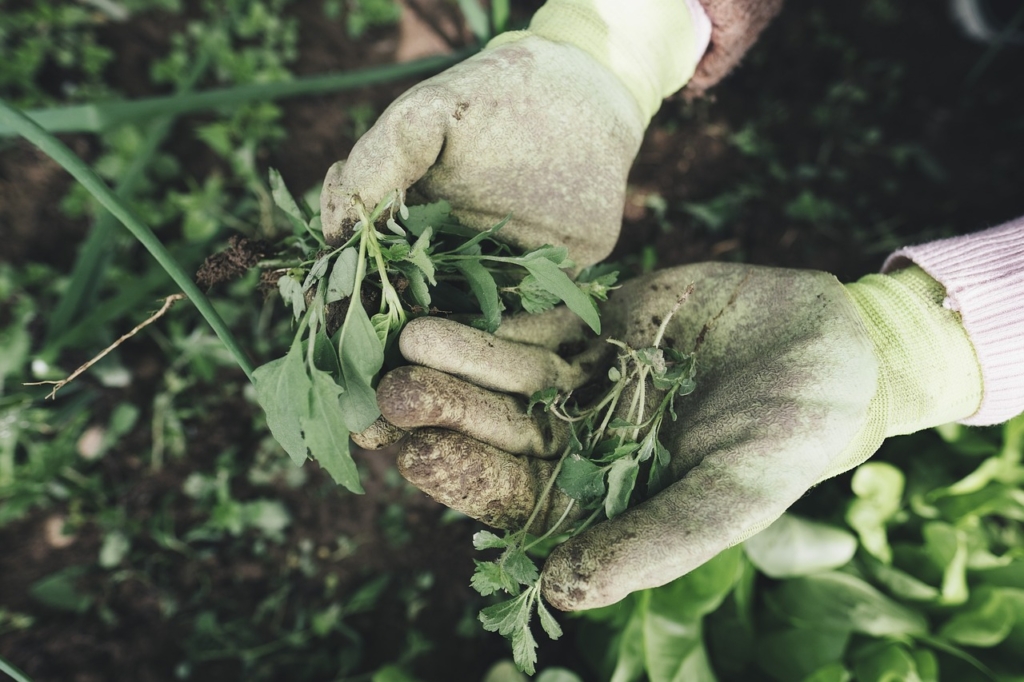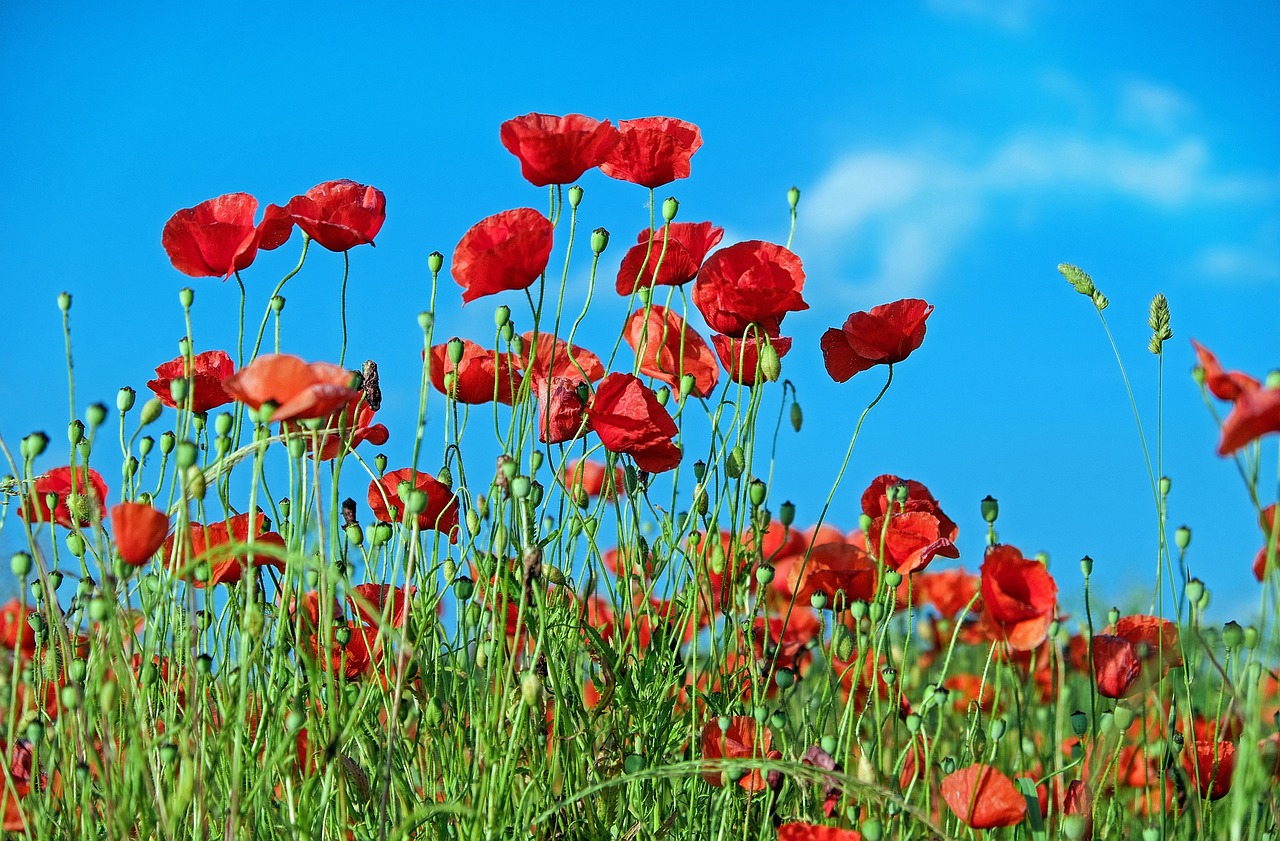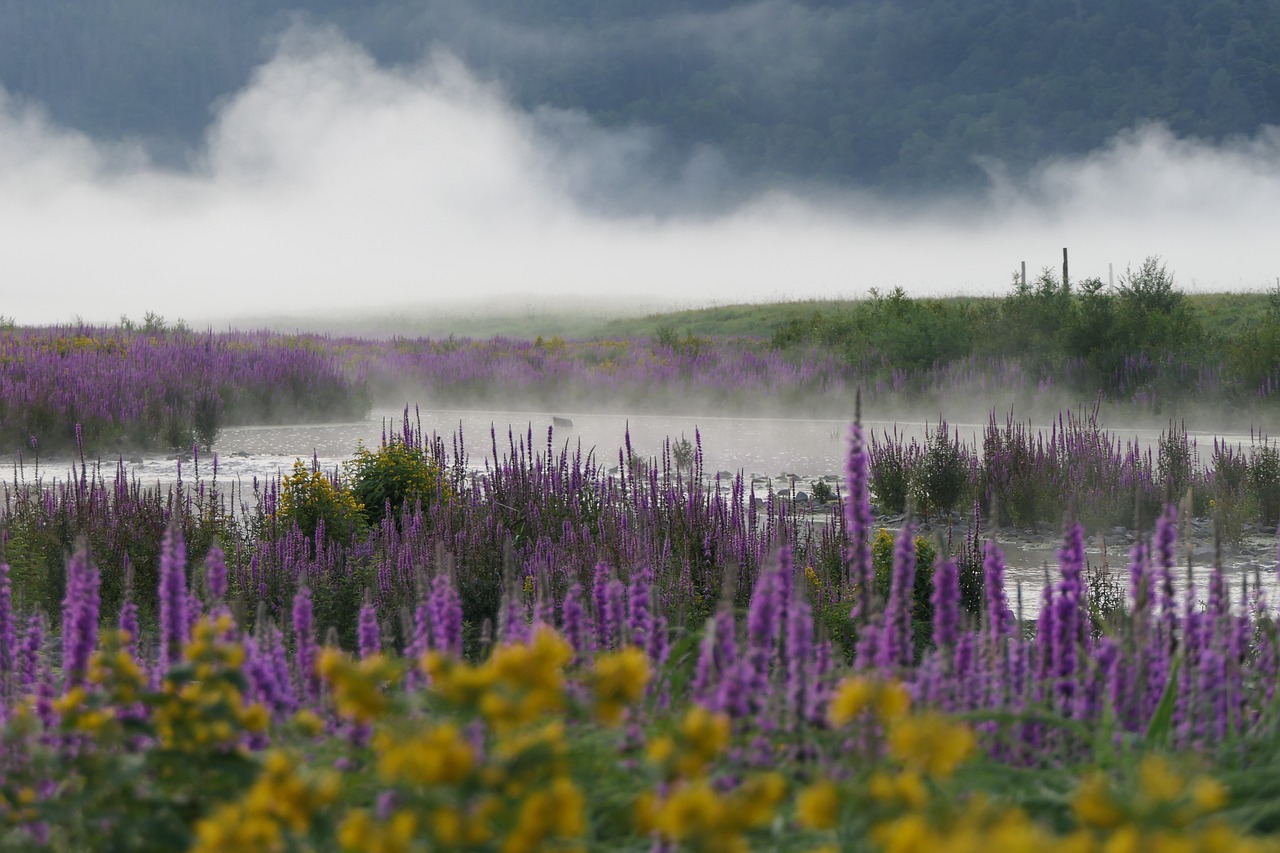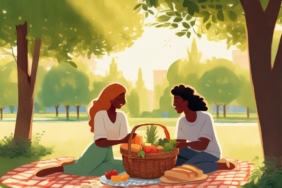I Love Weeds
I have a deep affection for weeds, a sentiment that stems from my inadequacy as a gardener. The act of weeding feels too aggressive to me. I struggle with the notion of deciding which plant lives and which one is removed. Mowing the lawn is also a challenge for me. My yard is a maze of haphazard paths, strategically avoiding potential tick habitats. The vegetable beds thrive with plants often labeled as weeds by conventional standards – docks, dandelions, broadleaf plantain, and mallow.
The Intriguing Nature of Weeds
The classification of a plant as a weed rather than an herb or flower is a complex interplay of historical factors encompassing medicine, culinary uses, language, and migration patterns. To better understand and coexist with these unwanted plants, I delved into researching their chemical properties and medicinal values. Platforms like the National Center for Biotechnology Information (N.C.B.I.) and Global Biodiversity Information Facility offered valuable insights into the journey and attributes of weeds.
- Achillea millefolium (Yarrow): Historically known for its wound-healing properties, yarrow has spread across my patio, intertwining with the paving stones.
- Broadleaf Plantain: This plant, often overlooked, has a rich history of medicinal use and migration, following European settlers across North America.
Weeds as a Historical Tapestry
Weeds serve as a living history book, narrating tales of capitalism, colonialism, and globalization. For instance, the introduction of Japanese knotweed to Europe by a Bavarian doctor in the 1840s led to its widespread adoption for various purposes, including medicinal research and landscaping.
Knotweed, now a common sight near my home, not only challenges the norms of horticulture but also offers potential benefits like Lyme disease treatment and culinary delights resembling rhubarb and asparagus.
Weeds and Cultural Impact
Reflecting on the cultural implications, I received insights from a Mohawk artist who highlighted the disruptive influence of these non-native plants on indigenous traditions and ecosystems. The presence of invasive species like garlic mustard poses a threat to the native flora, altering the landscape and ecological balance.
Despite the challenges, I strive to find appreciation for plants like garlic mustard by observing their unique characteristics and exploring alternative perspectives on their value in the ecosystem.















